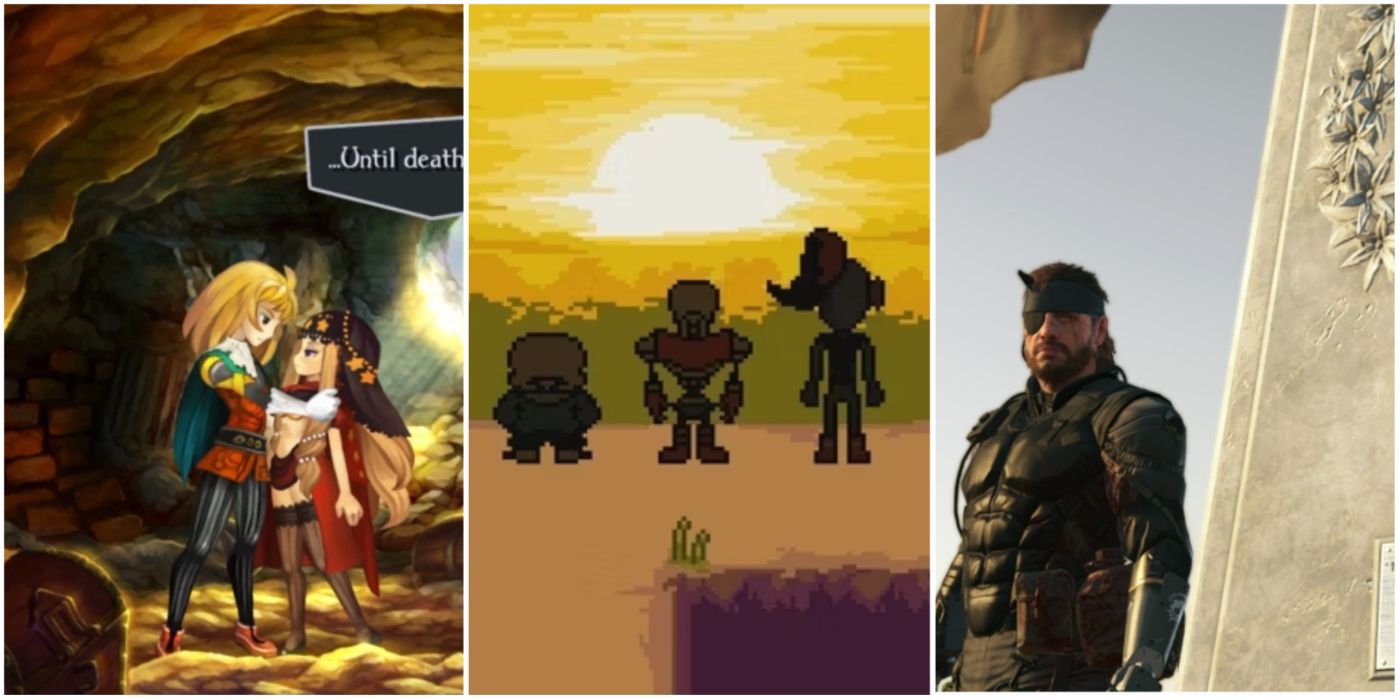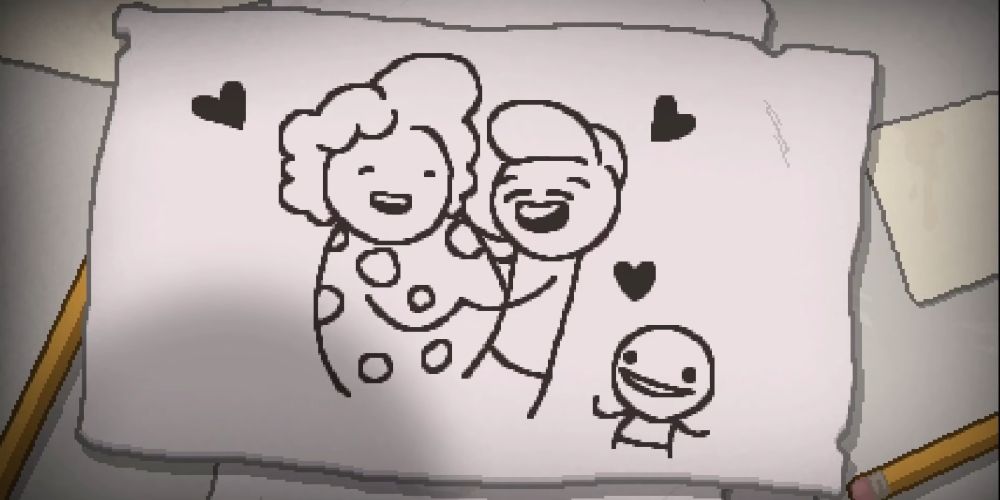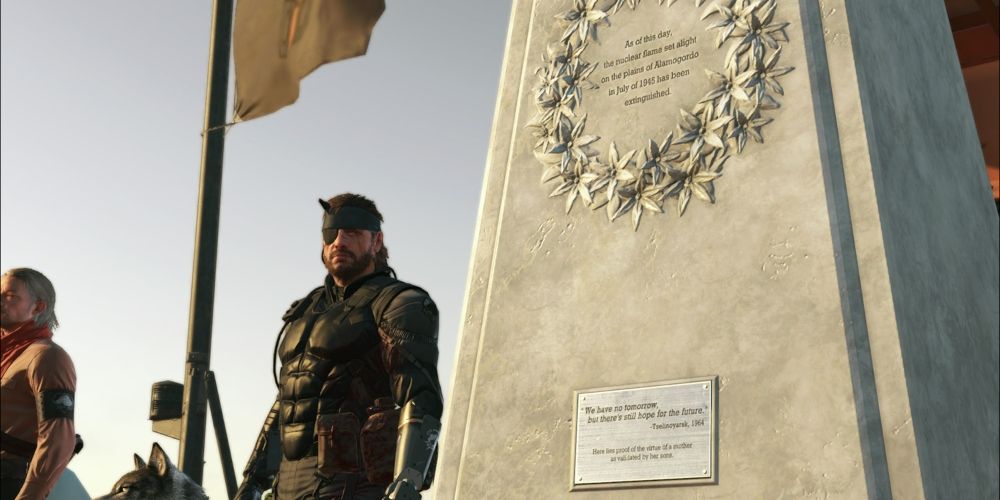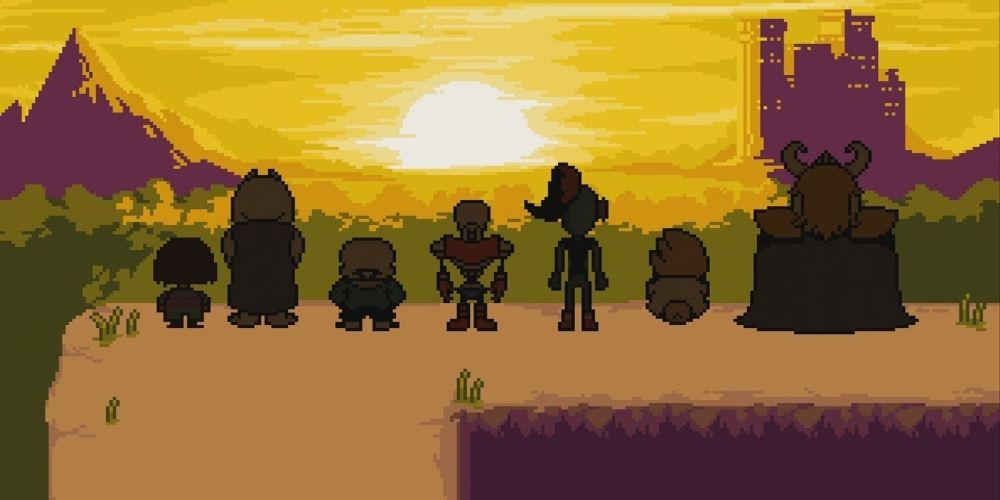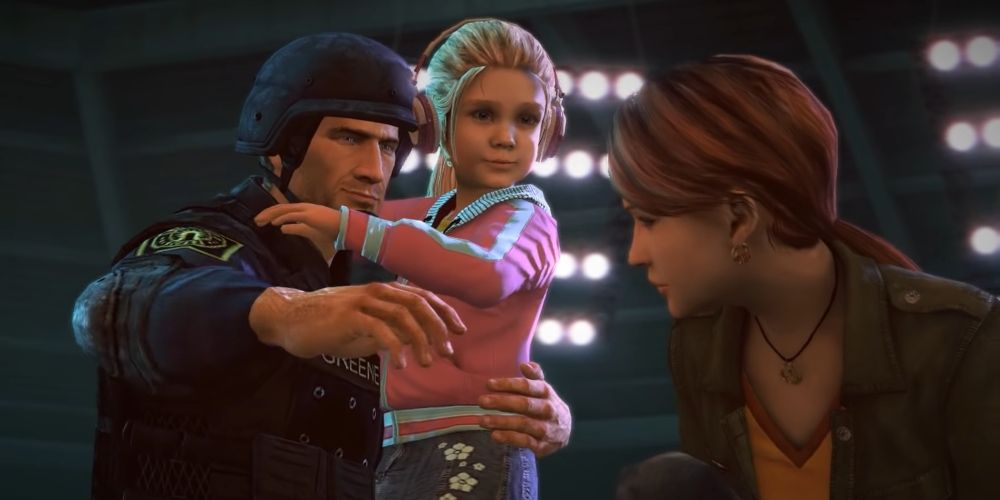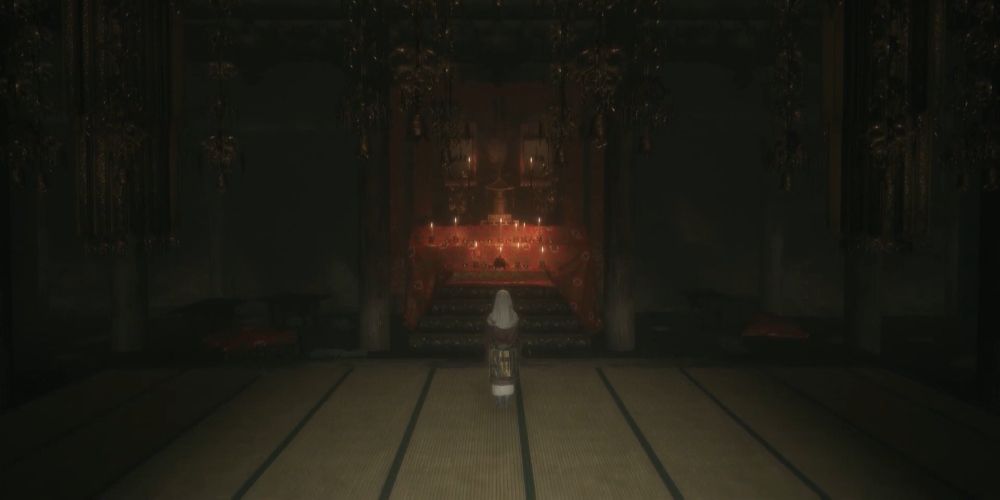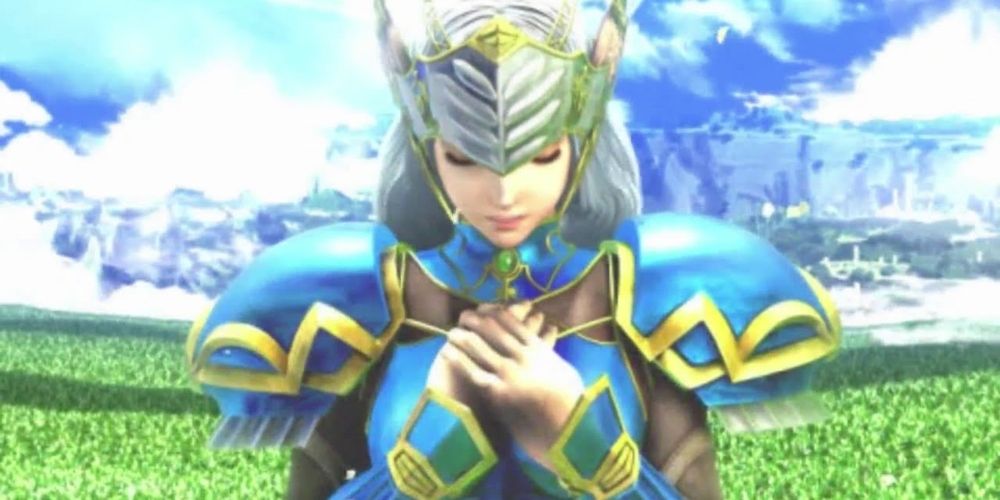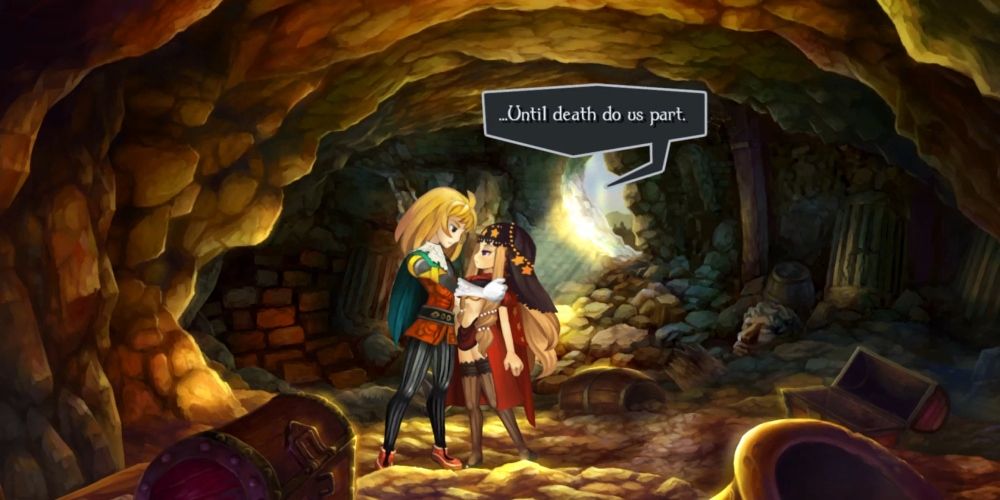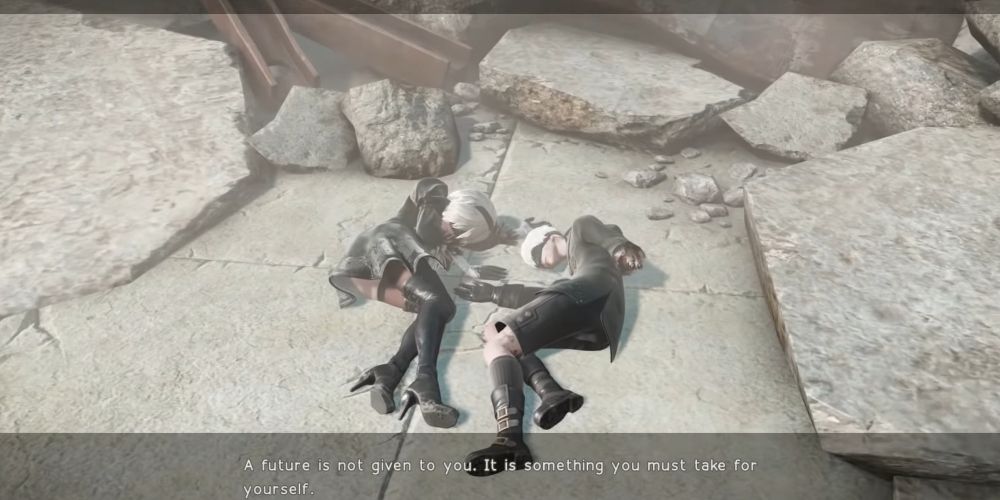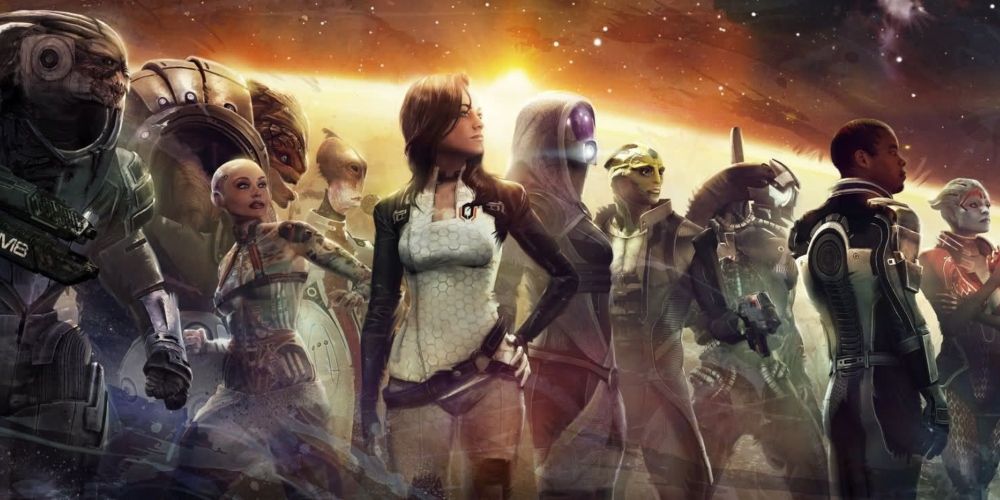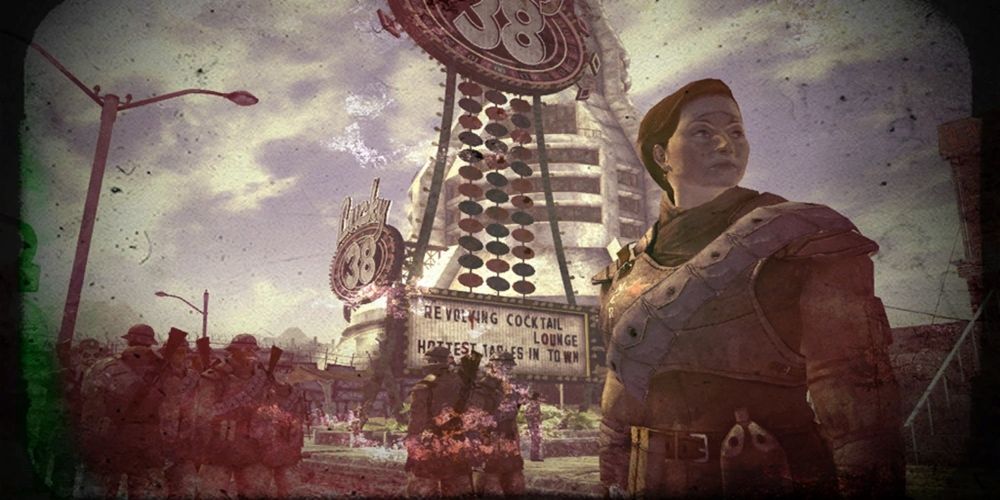Giving a game multiple endings is a good way to reward player choice and add replayability. Often, games with multiple endings will have a "Good Ending or a "Best Ending," happier than the ending a player gets for completing the game in a basic way – typically in return for unlocking specific requirements.
In some games, unlocking the good ending is simply a case of avoiding the worst possible choices or picking a few morally-correct ones. Some games, however, prefer to make players truly work for their good ending, forcing them to go through hell and back to see a happy epilogue for the characters.
10 Binding Of Isaac: Repentance Bars Its Best Ending Behind So Many Requirements
Achieving almost anything in The Binding of Isaac is made difficult by the game's hard and randomized nature, with players needing both skill and luck to see any of the game's endings. There are a great many, each changing the nature of the game, but the happiest is the "Beast" ending, which the player gets for defeating the boss of the same name at the end of the DLC Repentance.
Apart from anything else, the Beast and the bosses before it are intensely difficult fights, pushing players to their limits. However, before the player can even fight the Beast, they have to do an exceedingly complex series of steps, making use of nearly all of the content added in Repentance. This unlocks the final challenge, and the only chance to give Isaac a happy ending.
9 Metal Gear Solid V: The Phantom Pain's Best Ending Is Nearly Impossible
The Metal Gear Solid games, cinematic and fairly-linear experiences, tend to have limited choices regarding their endings. Related to its single-player component, Metal Gear Solid V: The Phantom Pain only has one ending, a bittersweet finale that sets up the very first Metal Gear. However, its online multiplayer has a different ending tied to it.
In keeping with the game's strongly anti-nuclear message, players can only get the ending if every player-controlled nuclear weapon in their entire geographic region is disabled. This is an immense task, and, to date, it has only been legitimately completed once, five years after the game's release.
8 Undertale's True Pacifist Route Requires Some Intense Problem-Solving
As part of its deconstruction of classic RPG tropes, Undertale rewards players with the game's best ending if they choose to spare, rather than kill, every enemy they face. Its counterpoint, the genocide Route, is relatively-easier due to the player being more powerful than most of their foes – barring the infamous boss fight against Sans.
The True Pacifist route, however, is comparatively harder. No longer able to just blast their way through foes, the player has to figure out the puzzle-like secrets to sparing enemies – some of which can be very convoluted. Also, to make things harder, a True Pacifist ending, rather than an upbeat Neutral ending, can only be gotten on a second playthrough.
7 Dead Rising 2 Requires Carefully Managing In-Game Clocks
Part of the unique gameplay loop of the Dead Rising series is the game's use of simulated time and restrictive time limits. The player has just three in-game days – six hours – to achieve their goals, and each individual mission slowly runs down the time until it cannot be completed.
To get the game's best ending, the player has to manage to not only complete missions within their time limits, but also manage other clocks like getting Zombrex for Chuck's daughter, Katey. Doing this in a specific way unlocks Overtime mode, one final twelve-hour stretch that stands between the player and the game's happiest ending.
6 Sekiro: Shadows Die Twice Has The Complex Dragon's Homecoming Ending
Most FromSoftware games lack unambiguously happy endings, preferring to make things vague and bittersweet. Sekiro: Shadows Die Twice breaks the mold by having one ending - Dragon's Homecoming - be far more upbeat than others. Although Kuro dies, his spirit lives on in the Child of Divine Waters, whom Wolf accompanies West, giving all three a measure of closure.
Getting the ending is no easy task, however. The existence of the Divine Child is a secret within the game itself, requiring navigating several difficult areas. Once Wolf has met her, he then needs to fulfill a specific series of requirements, including forming a bond between the two children, before the player is even made aware of the option.
5 Valkyrie Profile's A Ending Is Notoriously Hard
Although a beloved RPG, Valkyrie Profile is infamous for the challenge involved in getting its "Ending A." In a game with a great many variables, getting the ending requires several vague or unintuitive steps, even if the player is aware that there is a golden ending to shoot for.
Among its other requirements, the player has to see certain cutscenes at precise times, carefully manage their relationship with Asgard, and get rid of a crucial, plot-important character reasonably early into the game. The game's more neutral "Ending B" and its much sadder "Ending C" are all far more possible.
4 Odin Sphere Requires Things Done In A Specific Order
An action RPG for the PlayStation 2, Odin Sphere's best ending sees its characters all manage to survive and become human once more, getting a happy conclusion to a frequently-somber story. Getting there is easier said than done, requiring very stringent conditions.
Even its most basic requirement is seeing every other cutscene in the game, including the sad endings. From there, they need to interpret some very vague prophecies very carefully in order to learn what order they need to fight with their characters in the game's ending. But, for all of that, the player is amply rewarded.
3 NieR: Automata Gates Its Best Ending On Purpose
NieR: Automata is carefully designed so that its first two endings leave the story very incomplete, while its third and fourth end the story on bitter, downcast notes that see its three protagonists dead. Seeing all four of these endings triggers one of the Pods to make a radical decision: to attempt to save 2B, 9S, and A2 from having their data deleted.
Doing so unlocks a brutal minigame, deliberately too hard for any one person to complete. The only realistic way for a player to prevail is to accept aid from several other Pods, each representing a player who deleted their entire save game to help others. The player is given the option to do the same once they see the more-hopeful "Ending E," letting them pay it forward.
2 Mass Effect 2's Suicide Mission Requires Intense Completionism
Most of Mass Effect 2 is a lengthy preparation sequence for the game-ending Suicide Mission, an assault on the Collector home base through the Omega 4 relay. The player can theoretically tackle the mission after doing a minimal number of missions, but doing so will see them drastically under-prepared and many of their companions dead.
While getting its worst ending is equally hard, getting an ending where none of Shepard's companions die is a challenge that requires the player to go through the game with completionism in mind. Completing every loyalty mission, getting every ship upgrade, and more are all required to have nobody fall – but seeing them all return in Mass Effect 3 may be worth it for some.
1 Fallout: New Vegas Makes The Mojave Very Difficult To Improve
Fallout: New Vegas has an intensely flexible ending. Depending on whom the player sides with in the Battle for Hoover Dam, there are four main choices, but dozens of permutations within that. None of the four are presented as the unambiguous best - although Mr. House's ending and Caesar's Legion are both presented as the worst choices.
Instead, getting the best ending for the Mojave is a case of thoroughly exploring the game world, interacting with every faction, and trying to do the right thing in each case. The exact nature of the best ending may vary from player to player, but an NCR-aligned or Independent Courier can, if the player puts in the effort, make the Mojave a genuinely pleasant place to live.

